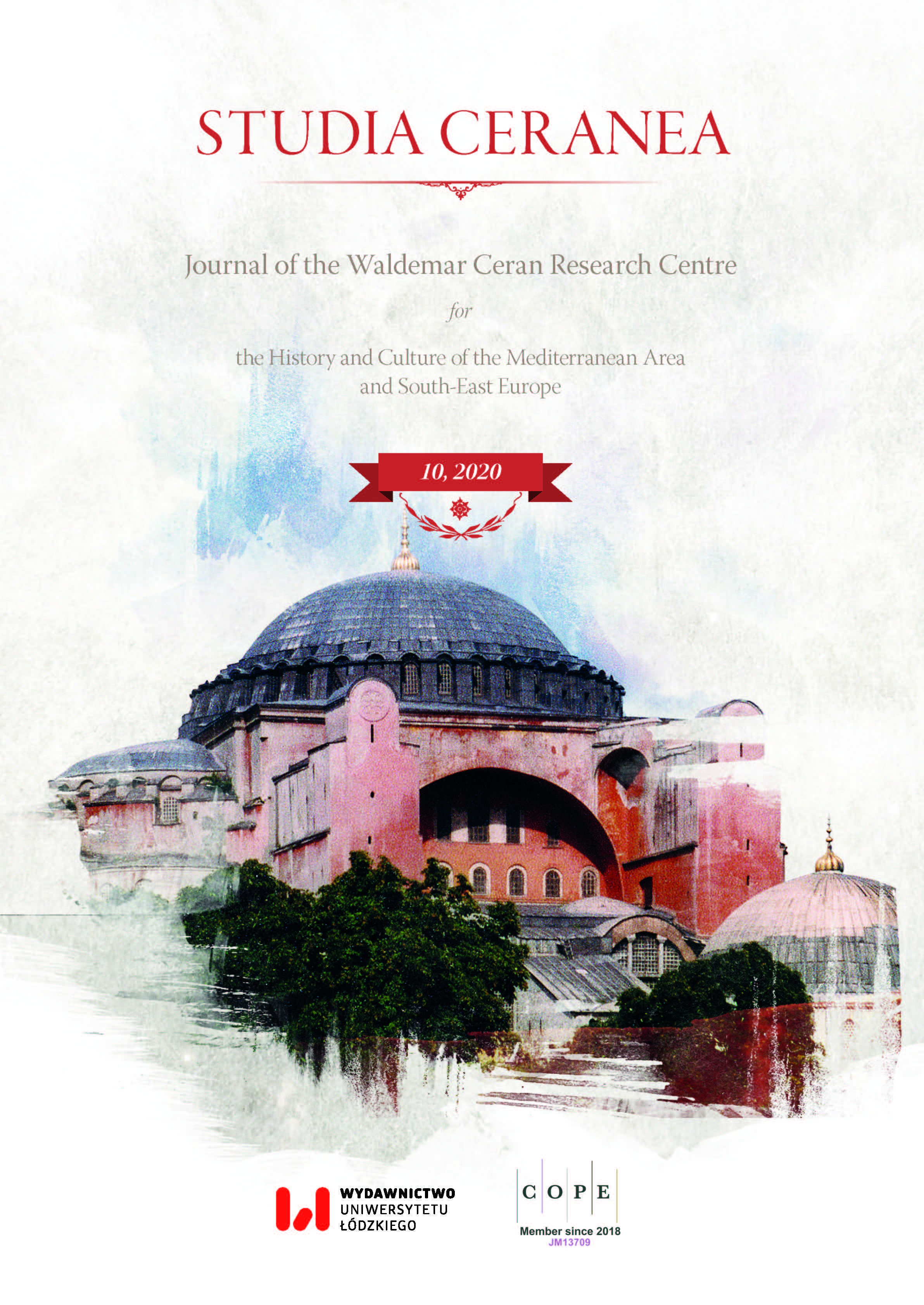Orthodoxy and Heterodoxy in the Mythologem of “Heavenly Customs”, between Rumanian Popular Books and Folklore
Orthodoxy and Heterodoxy in the Mythologem of “Heavenly Customs”, between Rumanian Popular Books and Folklore
Author(s): Luisa ValmarinSubject(s): History, Theology and Religion, Eastern Orthodoxy
Published by: Wydawnictwo Uniwersytetu Łódzkiego
Keywords: heavenly customs; vămile văzduhului; orthodoxy; heterodoxy; Life of Saint Basil the Younger; Rumanian funeral ceremony; Rumanian folklore
Summary/Abstract: The article shows that the mythologem associated with the ascension of the soul, despite its very antique origin and its presence as a citation in the writings of the Fathers of the Eastern Church, emerges with time displaying specific connotations, thanks to which it enters the Gnostic imaginary, to be refracted later in Christianized key in the hagiographic-eschatological narrative hinged on S. Basil the Younger. Saint Basil, who lived in the 10th century and died probably circa 950, becomes a protagonist of a hagiographic narration. In fact, although the manuscript tradition received by Acta Sanctorum does not diverges from the canonical elements displayed by the life of a saint, a conspicuous numer of Greek testimonies introduces in the narration attributed to Gregory (a disciple of the saint), an eschatological part that includes a description of the afterworld, of the Hell and the punishments received by the sinners, together with textual inserts, considered to be later than the “life” as such. The narrative begins with the story of Theodora, who describes to Gregory the path of her soul through 21 heavenly customs. The mythologem of Theodora’s heavenly customs is attested by tens of codices from the whole Orthodox area, but it is the Rumanian area only to retransmit and rework, also at folkloric level, the suggestive belief in the heavenly customs. Dualistic memory, oral tradition, and Orthodox hagiography seem to blend, at last, without any contradiction into an extraordinarily vivid and imaginative psychanody.
- Issue Year: 2020
- Issue No: 10
- Page Range: 445-471
- Page Count: 27
- Language: English

